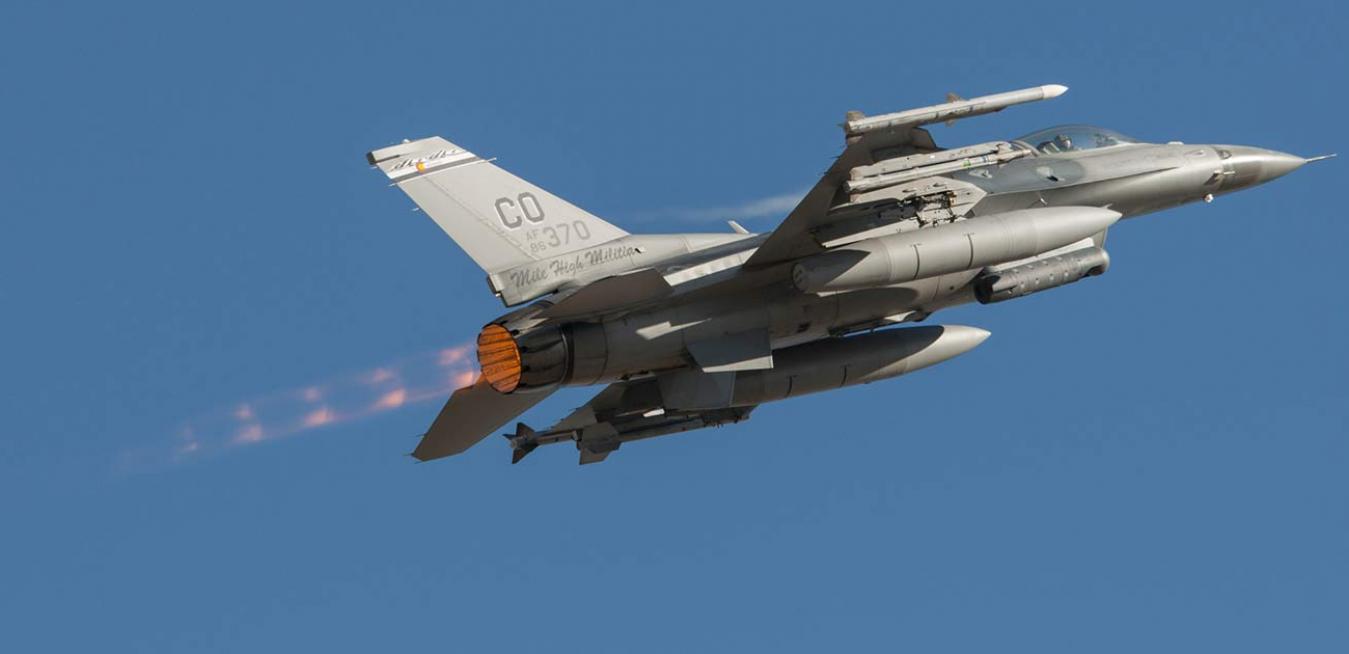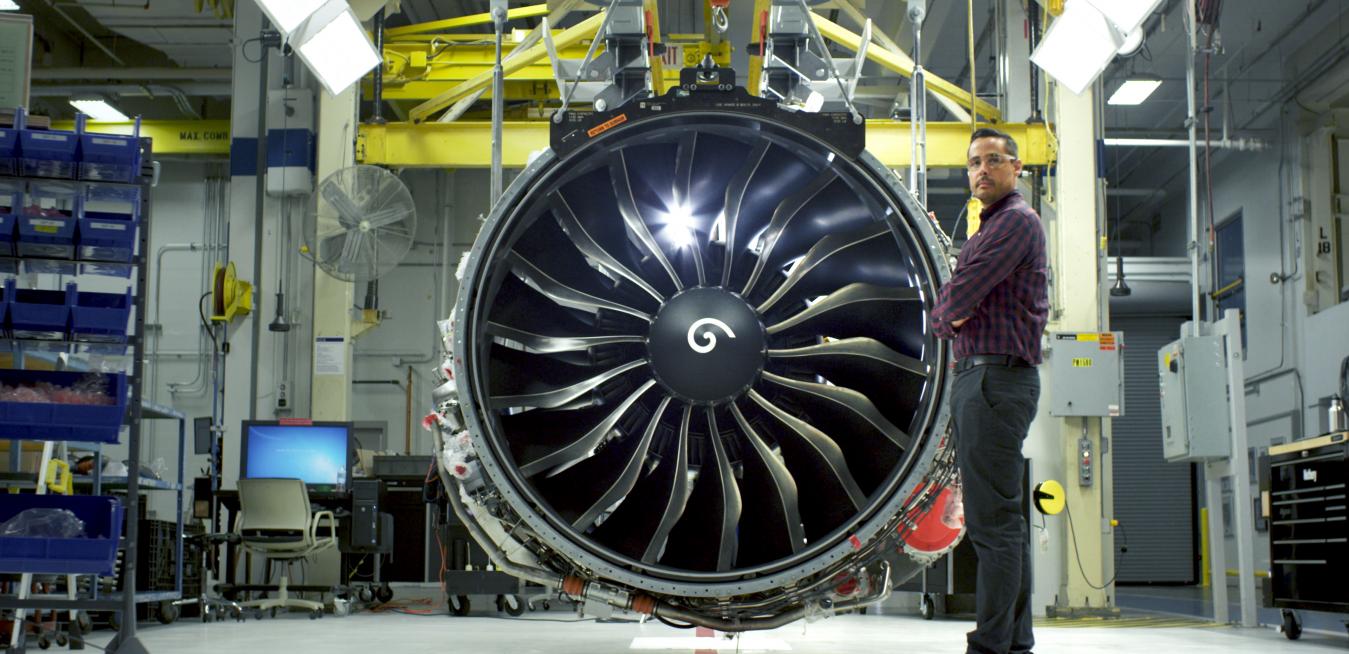In the 1980s, when the U.S. Air Force opened up what is now known as the Great Engine War for propulsion systems to power its F-16 and F-15 fleets, GE saw its chance to again become a major supplier of power plants for fighter aircraft. Its engineers had developed the engine for the B-1 supersonic bomber, and they used its powerful and efficient beating heart — called the core — to design a new jet engine, the F110. The move was a resounding success.
3D printing has rightfully gotten a lot of buzz because of the marvels it can do. Also known as additive manufacturing, it has opened new paths for designers to create custom shapes that were previously too expensive or downright impossible to make. The technology's potential is enormous, but GE engineer Peter Martinello offers a dose of perspective. “This is true if you have to print just one part,” he says.







